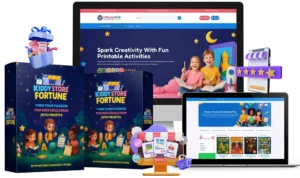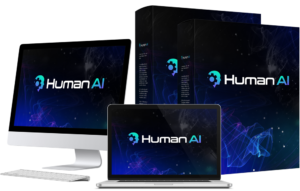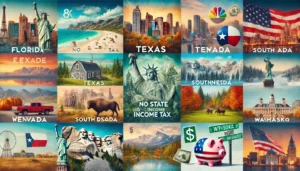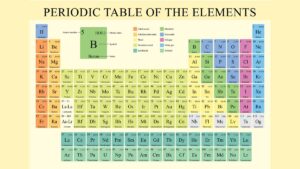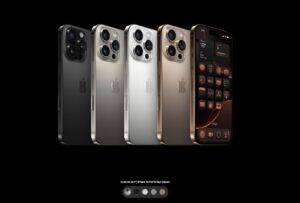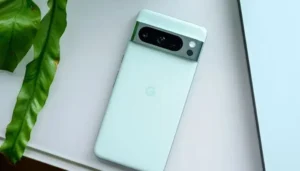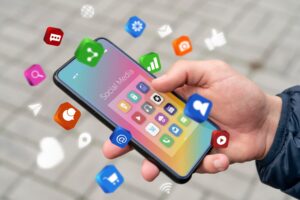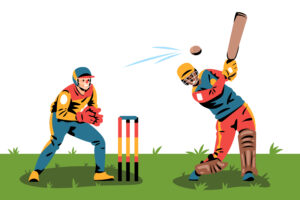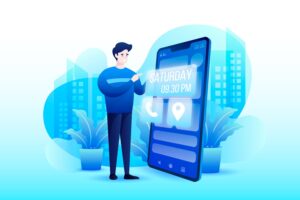Why Spotify and YouTube Skip Apple Vision Pro in 2024
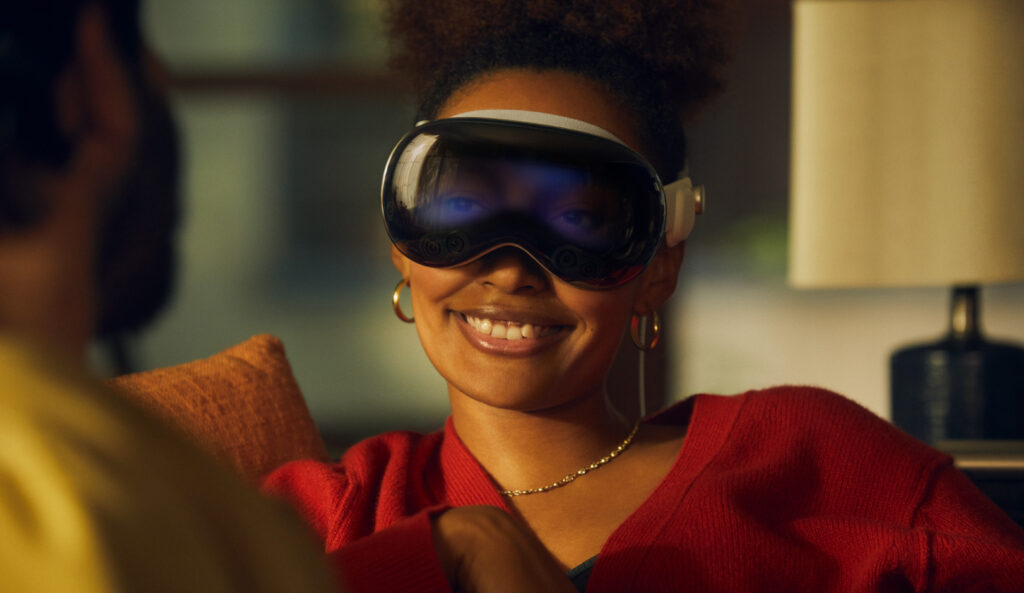
Apple Vision Pro, The much-anticipated Apple’s Vision Pro headset is set to launch in a few weeks, promising a broad “spatial computing” experience that could revolutionize how we interact with digital content. However, throwing a curveball at the appeal of the headset, streaming giants Spotify and YouTube have both decided against launching dedicated Vision Pro apps. Instead, they have opted to direct users to their services through the Safari web browser.
This raises the question – why are these streaming services refusing to fully embrace the ambitious vision of Vision Pro for spatial computing? And what does it really mean for you as a potential buyer of this premium $3,499 headset? In this insightful article, we will explore the possible reasoning behind Spotify and YouTube’s surprising decisions, delve into what the absence of dedicated apps for the Vision Pro experience could imply, discuss whether companies might change their stance later, and most importantly, decipher the significance of all this for you.
Why Spotify and YouTube Are Opting Out of Dedicated Apple Vision Pro Apps
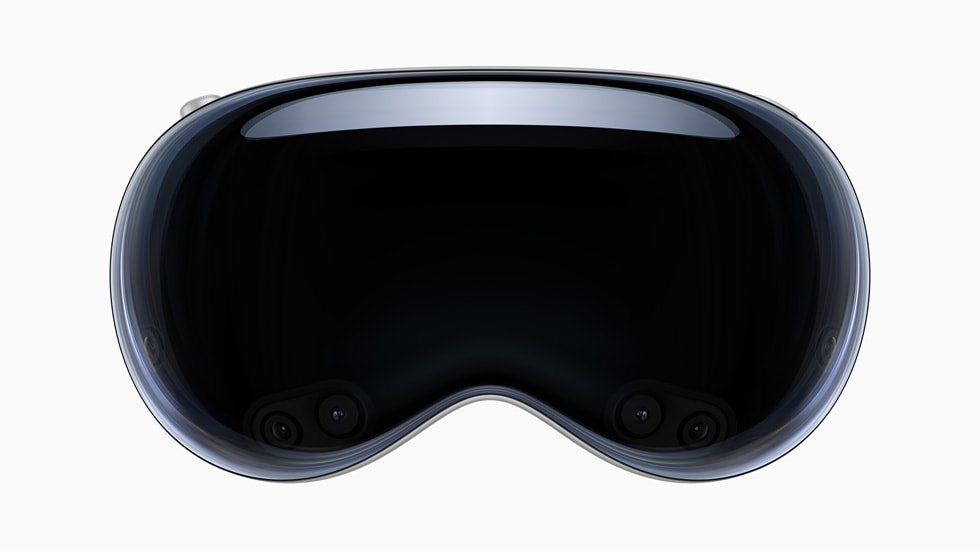
Limited Addressable Market
With its hefty starting price of $3,499, Apple’s Vision Pro specifically targets a small segment of the overall tech market. Analysts estimate sales to be in the hundreds of thousands in 2023, far from the multi-million unit sales seen with devices like the iPhone.
For expansive market services like Spotify and YouTube, which cater to billions of global users, making dedicated apps for specific devices is not deemed worthwhile, no matter how advanced the technology may be. Without widespread adoption by millions of users on a large scale, there is insufficient return on investment.
We’ve seen this play out before when YouTube declined to create a Windows Phone app in 2012, despite public pleas from Microsoft officials. The weak market share of Windows Phone led YouTube to deem it impractical to allocate limited engineering resources for the platform.
It seems that despite being part of the Apple lineage, Vision Pro has had to face similar skepticism from app developers until sales volumes increase significantly over time. However, its intricate setup process requiring an iPhone and the potential limitation of its appeal to niche enterprise-focused use cases could perpetually restrict its mainstream appeal.
Limited Immersive Use Cases
The transformative benefits of projecting only 2D screens in dedicated VR/AR headsets for music and video apps are not as pronounced as one might expect. The fundamental experience of listening to music or watching videos remains essentially the same, even if the visual presentation is transferred to a 3D environment.
This differs significantly from gaming and specialized VR apps that can leverage the full canvas to entirely transform gameplay, visualization, and user interaction.
For platforms like Spotify and YouTube, the focus is still on audio and specific rectangular video formats. They likely see sufficient growth value in presenting them as floating 2D panels through the browser, rather than investing resources to port those properties into VR.
Until they create VR-specific music visualizers, interactive video portals, or custom virtual spaces, the incentive for developers to tailor their resources for areas like Vision Pro remains minimal, regardless of the capabilities of Apple’s headset technology.
Competitive Concerns
YouTube remains cautious about giving special priority to Apple’s platform because it competes directly with Apple Music, Apple TV+, and other Apple subscription services.
Possibly, providing direct access to an immersive YouTube app on Apple hardware could indirectly boost Apple’s rival services, which could potentially become more integrated in the company’s ecosystem with a stronger foothold in the competitive digital landscape. This dynamism has been evident for decades as Apple continuously enhances its services on iOS in comparison to competitors.
After facing fierce global competition centered around these rivalry-driven strategies, YouTube has no desire to port short-form TikTok-style videos to Apple’s new gaming arena without assurance of impartial playing field guarantees.
Microsoft had to navigate a similar dynamism a decade ago when it fell behind in its attempt to create an excellent YouTube app for Windows Phone while Google slowed down development, making adoption challenging. That bitter experience demonstrated the high risks of trusting competitors’ platforms, where one has no control. It seems YouTube is eager not to repeat such a scenario.
What Will the Lack of Dedicated Apps Mean for Your Experience?
Without dedicated Vision Pro apps, accessing YouTube and Spotify will require the use of the Safari web browser, which, compared to the sleek Apple Music or Apple TV+ apps set to launch alongside third-party apps at release, will provide a more fundamental and less immersive experience.
No Immersive Environments
Apple utilizes the capabilities of the positional tracking sensor to immerse users in a virtual and augmented reality by presenting visuals around them. It allows the integration of objects into physical locations with local depth and scale in the imaginary world. Dedicated apps can tailor these environments to create virtual concert halls or video production studios aligned with their brands.
However, when viewed through the Safari browser, YouTube and Spotify content will be presented in the conventional 2D web page and embedded video formats. You’ll miss out on all the enticing alternative perspectives and captivating visual effects. The content remains confined to the flat surface instead of surrounding you.
No Interactive Elements
Well-designed VR apps use hand-tracking controllers to directly grasp, manipulate shapes, and change their position, allowing users to easily pull videos or images closer for detailed examination or quickly push content aside when the task is complete.
However, when constrained to the Safari browser, interaction reverts to indirect and cumbersome cursor-based clicks and dragging using the iPhone trackpad. Instead of intuitive maneuvers for each action, there is a need for excessive panning and zooming. The gap between manual and motion-controlled UI becomes pronounced and challenging.
No Enhanced Formats
Producers often share VR-specific video formats on YouTube, providing viewers with an incredible sense of presence and immersion when experienced in a headset. These special 3D, 180°, and 360° videos transport users beyond conventional constraints, presenting concerts amidst the crowd, foreign travel destinations, or right in the midst of the video game world.
Unfortunately, none of these features will be available on Vision Pro. Without a dedicated app to enhance and customize the experience, users will be limited to traditional 1080p flat videos.
Lack of Optimization
Even displaying regular video streaming on constrained bandwidth pipes poses significant challenges, especially when pumping high-resolution frames simultaneously to two 8K displays inches away from the viewer’s face, where any interruption or quality degradation is glaringly evident.
Dedicated apps assist in adapting and correcting headset display metrics, leveraging fixed foveated rendering tricks, applying intelligent caching, and reducing motion sickness triggers through careful frame rate management.
In contrast, video streaming through a regular web browser often encounters display-related issues such as viewing-related problems, buffering delays, and visual artifacts, which compromise the immersion of the experience. By refusing to create Vision Pro-specific apps, YouTube and Spotify are neglecting all these crucial device-level optimizations.
Will Spotify and YouTube Ever Change Their Minds?
Spotify, YouTube, and even Netflix have not completely closed the door on launching Vision Pro apps in a day. According to Bloomberg’s report, the companies are adopting a “wait and see” approach, indicating they will carefully observe their course before deciding how to handle the rental cost of Apple’s headset after the launch.
If Vision Pro manages to surpass its initial sales estimates in its first year and secures robust app support from major entertainment brands, streaming giants may be compelled to pile on quickly, ensuring they don’t miss out on a rapidly emerging and crucial new platform. Dedicated apps might still come, but perhaps not until 2024.
This example also illustrates that things can change over time. Later launches, done to address user complaints, were initially absent on the early Apple Watch models for both Spotify and YouTube. And Spotify eventually declined to integrate with Siri and Apple CarPlay at launch.
However, if Vision Pro follows a similar trajectory of adoption, Apple TV sets might present a more likely blueprint here. Despite rumors persisting for over a decade of Apple launching its own TV set, the product has not materialized in practice. This is because, despite Steve Jobs repeatedly failing to secure partnerships with major media companies for shared content, Hollywood resisted handing over control to Apple without sufficient financial incentives or guaranteed access to similar platforms.
Without substantial financial incentives or equal platform access guaranteed, Apple faced resistance from Hollywood in taking control of the living room. We are witnessing a similar tension again with mixed reality headsets promising to be as heavy on disruption as the wave of 2020’s heavy promises for individual screens.
Until Apple clearly demonstrates its commitment to adopting mainstream XR on a large scale, do not expect Netflix, YouTube, or Spotify to enthusiastically embrace Vision Pro in the first few years of its headset. Best to hedge their bets until the most efficient engineering resources are committed to a non-confirmed new gadget, even if it’s from the prestigious Apple.
What Does This All Mean For You?
At the end of the day, if you are interested in Apple’s enticing headset, should Spotify and YouTube refrain from creating dedicated launch apps for Vision Pro in your purchasing decisions? Let’s consider the pros and cons:
Reasons not to attach too much significance to these missing apps:
Vision Pro will still provide a comprehensive app ecosystem operated by Apple staples such as Apple Music, Apple TV+, Safari, etc., right from the first day. There will be no shortage of ways to explore content or immerse yourself in it.
You still retain basic access to Spotify and YouTube through the mobile-centric web interface. It’s not ideal, but table stakes functionality is preserved.
Conclusion
Priced at nearly $3,500 for accessories alone, Apple’s Vision Pro was initially poised to be a theatrical sidekick for tech enthusiasts more satisfied with mainstream iPhone gadgets. However, the absence of key streaming video and music apps from day one has cast doubt on whether Apple’s first headset can live up to its lofty promises, as crucial launch partners seem to be breaking away.

